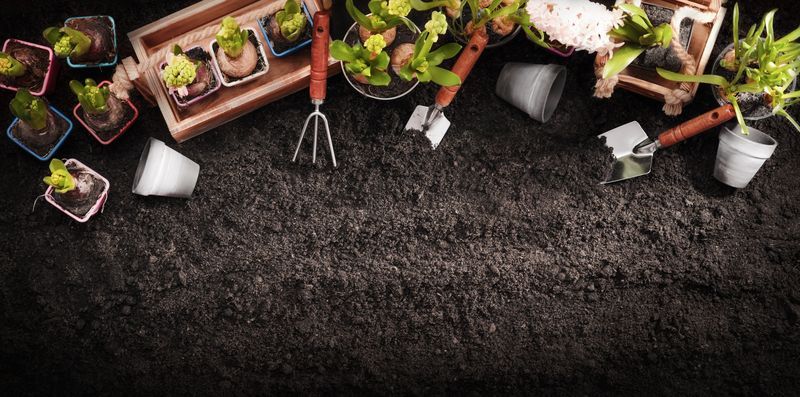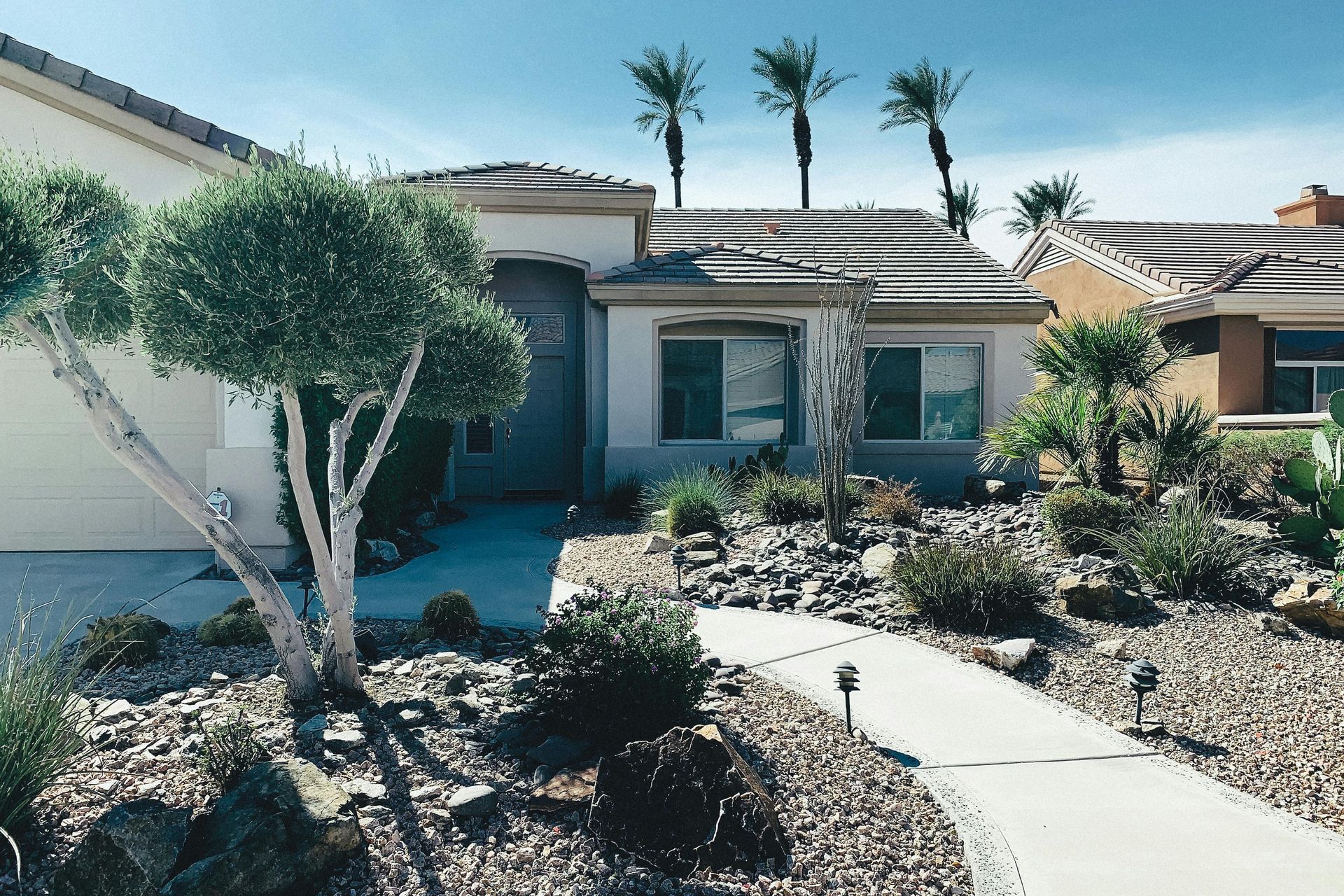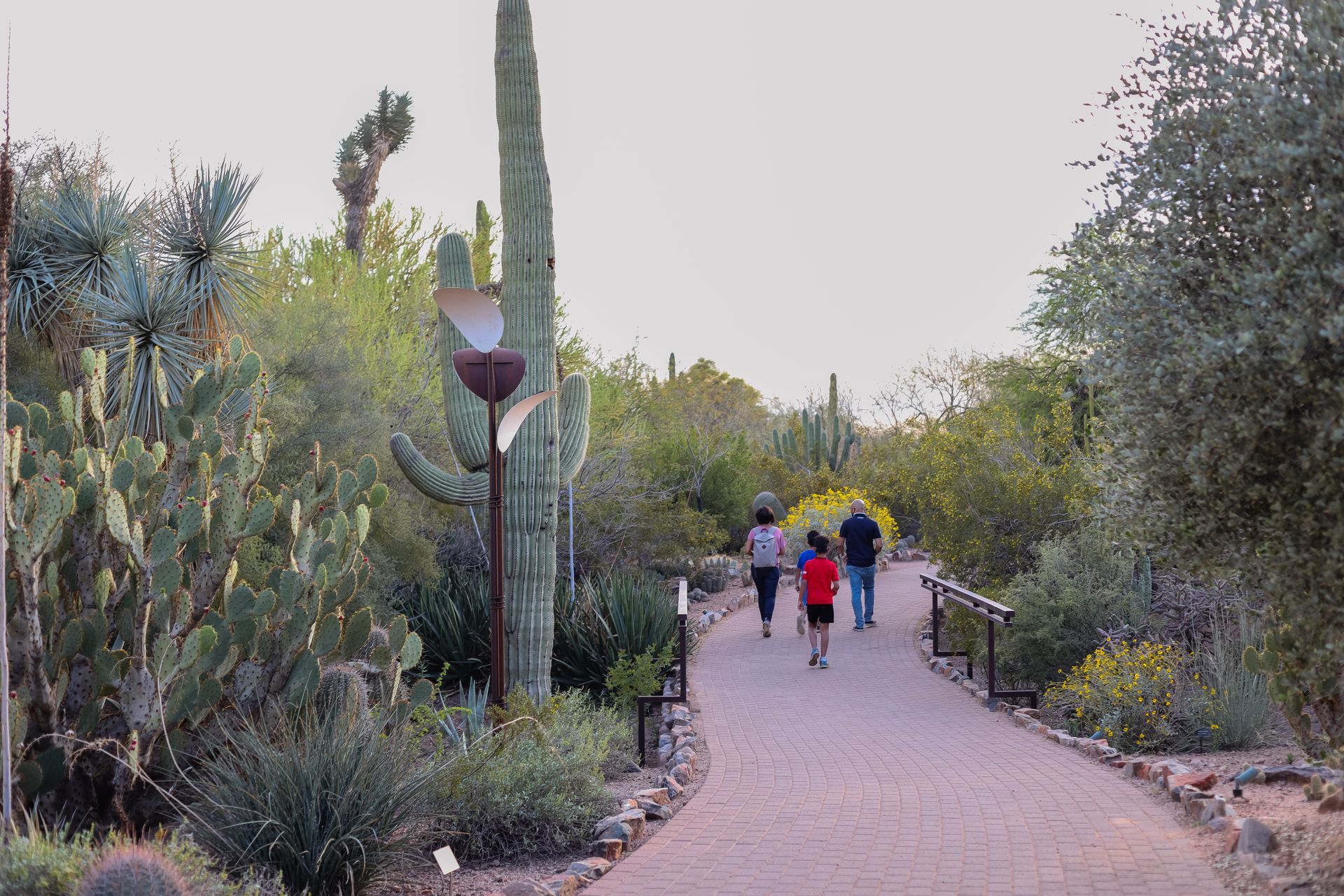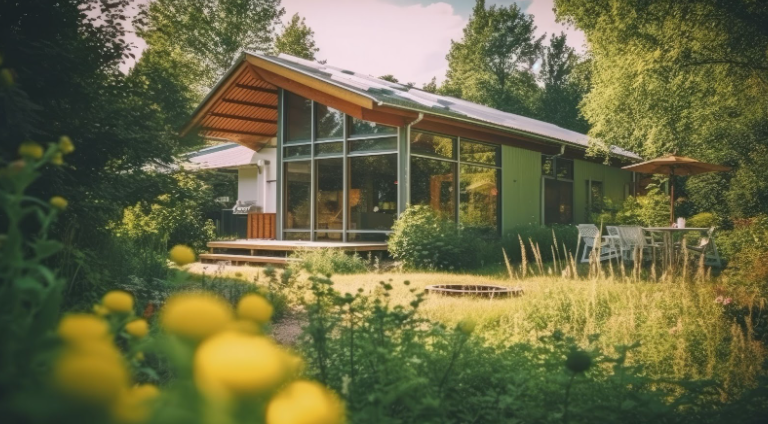Building a Wildlife-Friendly Garden in Arizona's Desert

Creating a haven for wildlife in the arid environment of Arizona requires understanding the unique ecosystem and the needs of local fauna. By choosing the right plants and creating habitats that support various species, one can transform any space into a bustling hub of animal activity. This approach not only benefits the local wildlife by providing them with much-needed resources but also allows gardeners to enjoy the beauty and diversity of nature right in their own backyards. The key is to work with the natural environment, rather than against it, to foster a thriving ecosystem that supports birds, insects, and other desert dwellers.
Understanding the Importance of Wildlife-Friendly Gardens
Biodiversity, the variety of life in a particular habitat or ecosystem, plays a crucial role in maintaining the balance and health of our environment. Each organism, from the smallest insect to the largest tree, has a role in the ecosystem's functioning. In Arizona's desert climate, creating gardens that support this biodiversity is vital for sustaining the delicate balance of the local ecosystem.
The desert climate of Arizona presents unique challenges for wildlife. Extreme temperatures, limited water sources, and urban expansion significantly reduce the natural habitats available for desert-dwelling creatures. Animals and pollinators often struggle to find the essential resources needed for survival, such as food, water, and shelter. By designing wildlife-friendly gardens, homeowners can provide these critical resources, creating pockets of refuge for various species.
There are numerous benefits to creating a garden that supports local wildlife and
pollinators. Firstly, such gardens contribute to the preservation of biodiversity. They provide a haven for various species that might otherwise struggle to survive in increasingly urbanized areas. These gardens also support pollinators like bees and butterflies, which are essential for the pollination of many plants, including those that produce fruits and vegetables. Beyond the environmental impacts, wildlife-friendly gardens can transform your outdoor space into a vibrant and dynamic ecosystem, where you can observe the intricate interactions between plants and animals firsthand.
In the context of Arizona's desert climate, incorporating native plants into your garden is particularly beneficial. Native plants are well-adapted to the local climate and soil conditions, requiring less water and maintenance than non-native species. These plants naturally attract and provide for local wildlife, creating a symbiotic relationship between your garden and the surrounding desert ecosystem.
By understanding the importance of biodiversity and the challenges faced by local wildlife, homeowners in Arizona and similar desert climates can take meaningful steps toward creating gardens that support these vital ecosystems. Not only do these gardens offer sanctuary for wildlife, but they also contribute to the conservation of our planet, one garden at a time.
Creating a wildlife-friendly garden in Arizona's desert climate begins with choosing the right plants. Native flora not only thrives under the sun's relentless glow and within the arid soil but also forms the backbone of local biodiversity, supporting a myriad of wildlife species. Here's how to make informed choices for your garden.
Guidelines for Choosing Native Plants That Thrive in Arizona
When selecting plants, focus on natives that are well-adapted to the extreme temperatures and drought conditions of Arizona. These plants require less water and maintenance, making them ideal for sustainable landscaping. Consult with local nurseries or extension services for advice on species known to flourish in your specific area.
Plants That Provide Nectar, Seeds, or Shelter
To attract a diverse array of wildlife, include plants that offer various resources. For example, hummingbirds are drawn to the nectar of penstemon and honeysuckle, while the seeds of sunflowers and milkweed pods can provide food for birds and insects. The shelter can come from larger plants like shrubs and trees, which offer protection and nesting spots.
The Role of Trees and Shrubs in Creating Microhabitats
Trees and shrubs are invaluable for creating microhabitats within your garden. They can offer shade, reduce temperatures, and provide refuge and breeding areas. Consider planting mesquite or palo verde trees, which are well-loved by birds and insects for their dense foliage and flowers.
Incorporating Drought-Resistant Plants for a Sustainable Garden
Opt for drought-resistant plants to ensure your garden is both wildlife-friendly and sustainable. Succulents, such as agave and aloe, alongside various species of cacti, can add texture and color while requiring minimal water.
Sources for Obtaining Native Plants
Seek out native plants at local nurseries and plant sales, often held by botanical gardens and conservation groups. These organizations can also provide valuable planting advice tailored to your specific area. For more detailed information on plants native to Arizona and guidance on creating a wildlife-friendly garden, check authoritative sources such as the Arizona Native Plant Society.
By selecting the right plants for your garden, you’re not just creating a beautiful outdoor space. You’re also contributing to the local ecosystem by providing essential resources for Arizona's wildlife, ensuring that your garden thrives in harmony with its natural surroundings.
Including Water Features and Other Habitat Enhancements
Creating a wildlife-friendly garden in the arid landscape of Arizona involves more than selecting the right flora; it also means integrating water features and other habitat enhancements that cater to the needs of local fauna. Here, we look into how water features, alongside other garden enhancements, can significantly increase the ecological value of your space.
Designing Water Features That Are Safe and Accessible for Wildlife
Water is a scarce resource in the desert, making water features a magnet for wildlife. From simple birdbaths to more elaborate ponds or waterfalls, ensuring these features are safe and accessible is crucial. Shallow edges allow creatures of all sizes to drink without the risk of drowning while adding stones and branches inside larger water features can provide safe landing spots. Remember, the goal is to mimic natural water sources as closely as possible.
The Importance of Water Conservation in Garden Features
Given the climate, it's essential that any water feature in an Arizona garden also conserves water. Recirculating systems, which continually cycle the same water, are an excellent choice. Incorporating native aquatic plants can also help reduce water evaporation, maintaining the feature's appeal with minimal environmental impact.
Creating Spaces for Nesting and Shelter
Beyond water, wildlife needs safe places for nesting and shelter. Birdhouses, insect hotels, and even small mammal shelters can be interspersed amongst vegetation to provide havens. When positioning these shelters, think about the safety of the inhabitants—placing them too low might make them accessible to predators, while too direct exposure to sunlight can lead to overheating.
Implementing Natural Pest Control Methods to Protect Wildlife
A truly wildlife-friendly garden uses natural methods for pest control, avoiding chemicals that can harm visiting creatures. Encouraging natural predators, such as birds and beneficial insects, by planting a diverse range of species can help maintain a balanced ecosystem in your garden.
Inspiring Examples of Wildlife-Friendly Gardens
For those needing a vision to guide their efforts, numerous examples of successfully designed wildlife-friendly gardens in Arizona are available. The Desert Botanical Garden in Phoenix, for example, offers insights into how desert landscapes can be both beautiful and beneficial to local wildlife. Educational programs and tours can provide additional inspiration and practical tips for designing your wildlife-friendly landscape. Transforming an Arizona garden into a sanctuary for local wildlife requires thoughtful planning and design.
By including carefully designed water features, offering shelter, and using natural pest controls, gardeners can create not only a personal oasis but a vital resource for the desert's ecosystem. Engaging with the natural world in this way not only benefits the flora and fauna but enriches our lives by bringing the beauty and tranquility of nature closer to home.
Ready to transform your Arizona garden into a haven for local wildlife? Our team at Danijela Quenzler Realtor is here to help. Contact us to learn more about how we can bring your wildlife-friendly garden to life.











